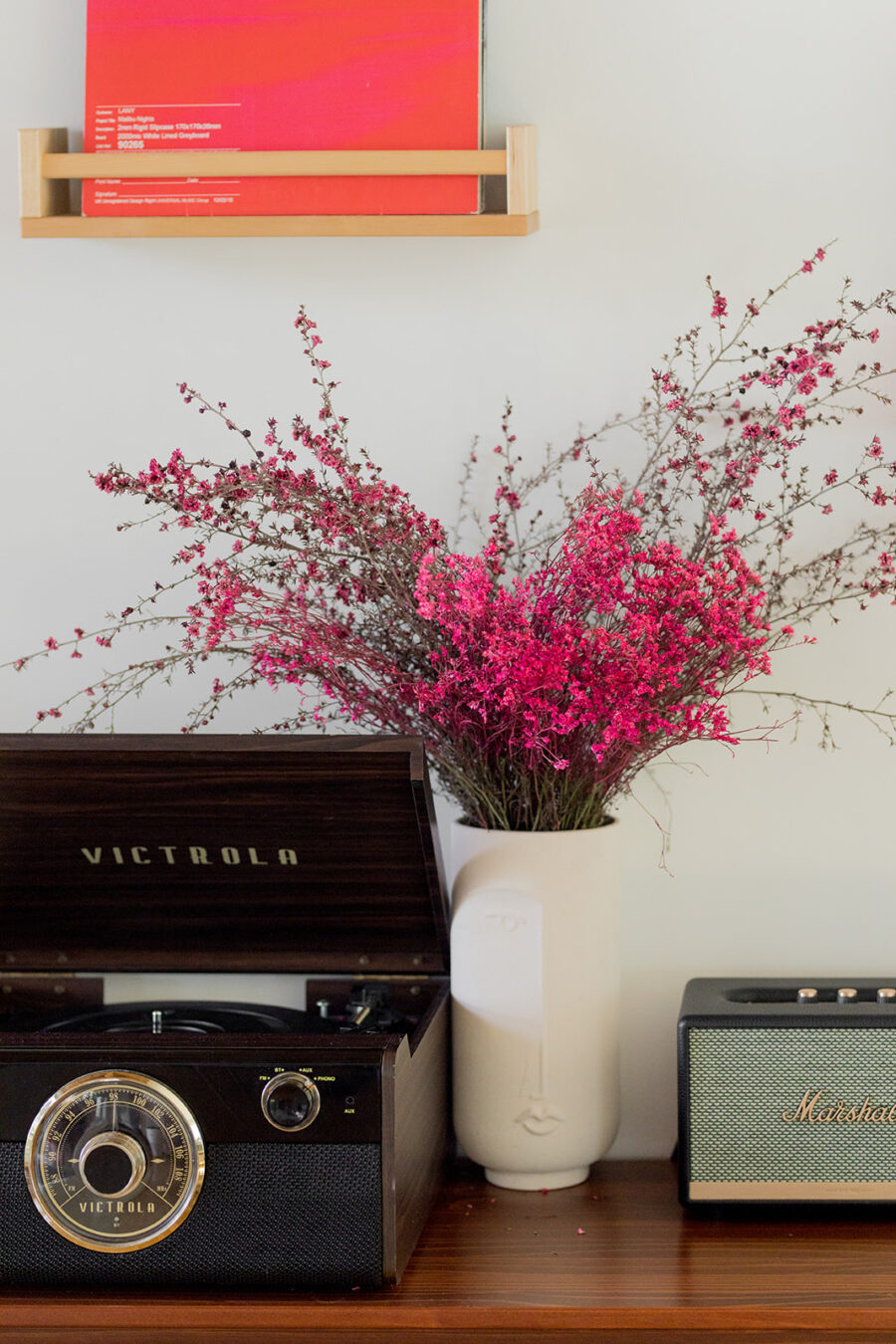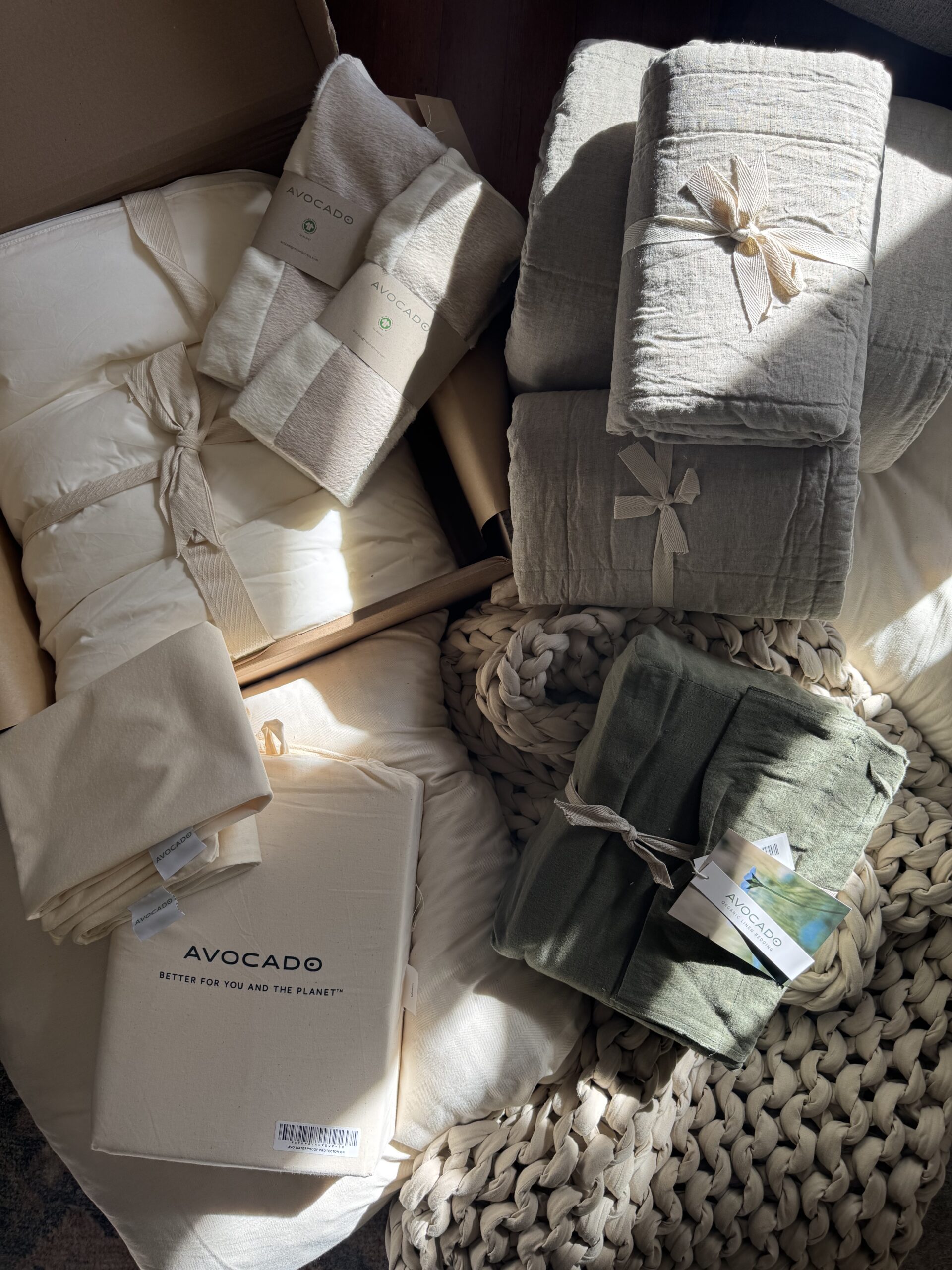
Could The Allure Of Trends Be Rooted In Nature?
“Everything that goes around comes around. Just wait and see, trends from ten years ago will be back soon,” adults in my life assured me as I confidently paraded my early aughts wardrobe. I was convinced that my slouchy boots and owl pendant were, in fact, the final pinnacle of fashion. Now an elder millennial, I’ve witnessed their words come true multiple times.
“Not only do the trends continue to cycle, they’ve accelerated at an astonishing pace.”
Not only do the trends continue to cycle, they’ve accelerated at an astonishing pace. In the fashion industry, there used to be just two standard fashion seasons and now there are 52 micro-seasons as companies churn out fresh looks weekly. Home decor was once distinctly recognizable by generation, now many households adopt new aesthetics every few years. We know the costly price for this pacing: Earth’s natural resources are ravaged, populations are exploited for cheap labor, and “outdated trends” become mountains of waste overtaking hundreds of acres in Chile’s Atacama desert and elsewhere.
It’s easy to point the finger at fast fashion and fast furniture brands for luring us into the powerful tides of trends. Those sneaky marketers have hijacked our brains with their targeted ads, haven’t they? Consumption has never been easier. It’s bad news for the environment and bad news for our sense of self.
“I’d be lying if I said I wasn’t regularly tempted by some of the trends that float by.”
At one point, having labeled trend-driven culture as entirely bad, I tried to remove myself from it altogether by embracing minimalism. Neutral colors and timeless cuts hung on my compact bamboo clothing rack. The white walls of our otherwise-charming apartment were bare with just a few houseplants to decorate the space. In hindsight, I see the irony that even the aesthetics of minimalism were primarily a passing trend for a wide swath of the population, myself included.
Thanks to the years of researching the harms of fast fashion in my former life as a blogger, I can usually use those tough truths to talk myself out of impulse purchases. But I’d be lying if I said I wasn’t regularly tempted by some of the trends that float by — especially now that my home and closet have shifted back into color after the end of my minimalism era.
Trying to eliminate the allure of trends as though it was a toxic weed to be plucked from my garden turned out to be an ineffective approach long term. The desire for updated goods just keeps coming back in one form or another. Could there be something natural, dare I say even good at the root of this pesky invader?
“What is it that calls to me despite my best efforts to shift away from a culture of reckless consumption?”
I lean in closer, holding up a metaphorical magnifying glass to my root desire to buy into certain trends: What is it that calls to me despite my best efforts to shift away from a culture of reckless consumption?
It’s more than being coaxed by marketing. Having worked as a digital marketer for a decade, I feel fairly confident in my ability to recognize and strategically avoid attempts to persuade me towards purchases that I don’t need. Marketing is tremendously effective, but it’s not all-powerful. It can only prey on desires that already exist.
And then, I see it. The most natural thing in the world: Our core biology is hardwired to be ever-changing in an ever-changing environment.
“The desire to control the spaces and materials around us has slowly wedged a wall between ourselves and the ever-shifting (sometimes scary) magic of the natural world.”
Humans have never been static beings. At the most microscopic level, our bodies replace billions of cells every day. All around us, our raw natural environment is one of constant change. Ecosystems morph as fluidly as water. It’s only in recent history that we’ve insulated ourselves from these perpetual transitions: replacing both lush forests and stark deserts with cities, thermo-regulated buildings, and materials that — for better or for worse — don’t break down for a very long time.
The desire to control the spaces and materials around us has slowly wedged a wall between ourselves and the ever-shifting (sometimes scary) magic of the natural world. We’ve gained control at the high price of our subconscious mental need to be physically immersed in the unending wave of transitions.
It may sound silly, but when I imagine my ancestors waking up each morning and seeing the sides of the mountains change colors through each season compared to my morning view of the same bluish-gray wall of my neighbors’ house year after year, it makes sense that I can’t shake the desire to introduce new colors and shapes into my little world.
“If we collectively paused to immerse ourselves in the changing colors of the leaves, would we all agree that the color of our coats needed no updating?”
As social creatures, it’s only natural that we seek to shift our tastes as a collective. Perhaps our handbag silhouettes and the aesthetic of our shelf decor represent a desperate grasp for a faux sense of belonging in an individualist society.
If we collectively paused to immerse ourselves in the changing colors of the leaves, would we all agree that the color of our coats needed no updating? If the food on our plates reflected what was bursting from the ground rather than our craving of the day, would we be so focused on anticipating the new flavors that the weather brings that we’d forget about updating our personal style for the season?
Of course, this isn’t the world we live in. Nor was the past reality for humans a paradise.
Reckless consumerism is the ugly underbelly of a genuinely worthwhile quest for progress away from substantial suffering caused by drought, famine, severe weather, and disease. It’s easy to critique the status of this modern Western world from the comfort of my couch. In reality, I too might run toward this monster we’ve created if I were hungry, cold, and facing the uncertainty that untamed nature brings.
Pulling back my magnifying glass, I look at this root with tenderness. As with most things, we’re all doing our best. Our very cells are wired for change, and we’ve built ourselves into prisons of predictability. We want to be connected to people around us. Of course we jump at the chance to paint our closets or homes with something that feels like a little taste of what we’ve lost as a species.
“Instead of merely trying to suppress my desires, I can see where they’re coming from and meet them in a different way.”
Once I look at my attraction for trends without a lens of judgment, I find myself able to make better decisions. Instead of merely trying to suppress my desires, I can see where they’re coming from and meet them in a different way. I don’t think it’s a coincidence that the more time I spend in nature, the less attracted I am to trends of any kind. When I do feel the itch for something new, I can creatively shake things up by thrifting, creating art, and exposing myself to fresh perspectives on familiar places.
“I’m focused on leaning into the change we all crave without consuming extra products that will stay on this planet long after I’m gone.”
The reality of the material world is that things eventually do wear out. So, when my favorite bag gives up, I can replace it with something entirely different. (I’m no longer under the misguided illusion that a strong sense of personal style should manifest as a commitment to things looking the same forever.) Instead, to the best of my ability, I’m focused on leaning into the change we all crave without consuming extra products that will stay on this planet long after I’m gone.
It’s tragically ironic that we’re disrupting so much of the planet’s ecosystem in pursuit of exactly what it’s offered us all along. But, I hold onto hope that as more of us recognize this in our own way, we can shift together toward appreciation and protection of the unmatched beauty of the natural trends we neither create nor control.
Ellie Hughes is a Contributing Editor at The Good Trade. She spent several years as a sustainable fashion blogger and leading the marketing for brands aiming to operate with ethics and the environment as their priority. She is now a freelance writer and marketing consultant living in Portland with her husband, two young daughters, and corgi.




